Facts
- Manufacturer: Commodore
- Type: Home computer/Game console
- Generation: Fourth
- Released: March 1991
- Introductory price: US$999 (~$1,757 in 2016)
- Media: CD-ROM
- OS: AmigaOS 1.3 + CDTV firmware
- CPU: 68000 @ ~7 MHz
- Memory: 1 MB (upgradable)
- Predecessor: Commodore 64 Games System
- Successor: Amiga CD32
- ROM: 256 KB Kickstart +256 KB CDTV firmware
- Chipset: OCS (Original Chip Set)
- Dimensions: standard 43 cm HiFi format
- I/O: MIDI, Keyboard, Mouse, RS-232, Centronics, Floppy drive, Audio out (2×RCA and phone jack), RGB out, RF out or RF loop through, Video out, S-video out, SCART (dependent on country)
- Expansion slots: memory card (up to 256 KB), 80-pin diagnostic, 30-pin DMA slot, video slot
- Other: Wireless infrared control/gamepad, Front panel display, clock and controls
- Resolutions: 320×256 up to 736×567i PAL
- Palette: 4096 colors (4096 on-screen colors in “HAM” mode)
- Sound: 4x 8-bit channels, 28 kHz stereo + CD audio
Released 1991: The CDTV (an acronym for “Commodore Dynamic Total Vision”, a backronym of an acronym for “Compact Disc Television”, giving it a double meaning) is a multimedia platform developed by Commodore International and launched in March 1991.
CDTV was essentially a Commodore Amiga 500 home computer with a CD-ROM drive, remote control, internal RF-modulator and MIDI ports. With the optional keyboard, mouse, and disk drive, it gained the functionality of the Amiga. Commodore marketed the machine as an all-in-one multimedia appliance in a stereo-like case rather than a computer. As such, it targeted the same market as the Philips CD-i. The expected market for multimedia appliances did not materialize, and neither machines met with any real commercial success. Though the CDTV was based entirely on Amiga hardware it was marketed strictly as a CDTV, with the Amiga name almost omitted from product branding.
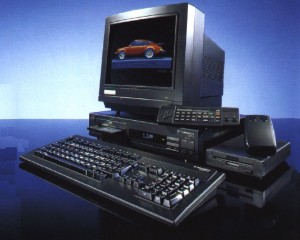
Commodore announced the CDTV at the summer 1990 Consumer Electronics Show in Chicago, promising to release it before the end of the year with 100 software titles. The product debuted in North America in March 1991 (CES Las Vegas) and in the UK (World of Commodore 1991 at Earls Court, London). It was advertised at £499 for the CDTV unit, remote control and two software titles. The device was released in the United States for $999.
By 1990, Commodore had a poor reputation among consumers and developers. Computer Gaming World wrote that year of its “abysmal record of customer and technical support in the past”. The company chose Amiga enthusiast magazines as its chief advertising channel, but the Amiga community on the whole avoided the CDTV in the expectation of an add-on CD-ROM drive for the Amiga, which eventually came in the form of the A570 (See the A690 “A570 prototype” in my collection). This might hurt sales of the CDTV, as an A570-equipped A500 were the same electronically, and could run CDTV software.
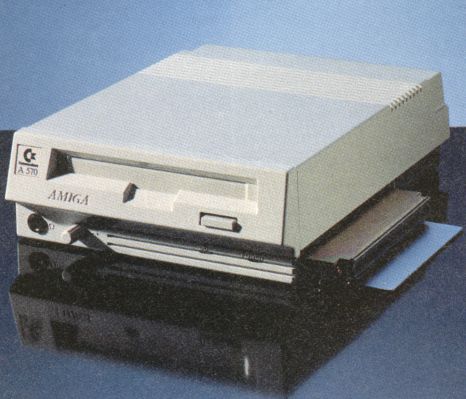
However, Nolan Bushnell, one of the chief endorsers of the CDTV, argued the system’s high price point alone was enough to explain its market failure: “… it’s very difficult to sell significant numbers of anything at more than $500. … I felt that I could sell a hundred thousand of something that costs $800 standing on my head. I thought that it would be a no-brainer. And I can tell you that the number of units that we sold in the U.S. at $800 you could put in your eye and not draw tears.”
The CDTV was intended as a media appliance rather than a personal computer. As such, its housing had dimensions and styling compatible with most stereo components, and it came with an infrared remote control. Similarly, it was initially sold without keyboard and mouse (which could be added separately, and were later bundled with the machine). The CDTV was based on the same technology as earlier Amiga systems, but featured a single-speed CD-ROM drive and no floppy disk drive as standard.
My Commodore CDTV: It was in working condition when I got it. Including the matching mouse, keyboard and external floppy drive. The remote had some tear and ware issues, but I found an original brand new old-stock remote that was not to expensive. I replaced the cooling fan with a new more silent one, it was not that noisy originally, but why not.
SCSI solder kit: Assembled/soldered a SCSI controller for internal hard drive. This SCSI controller will probably also fit the A570/A690 CDROM for the Amiga 500 which also got the DMA port for expansion, but will stick out a little at the rear.
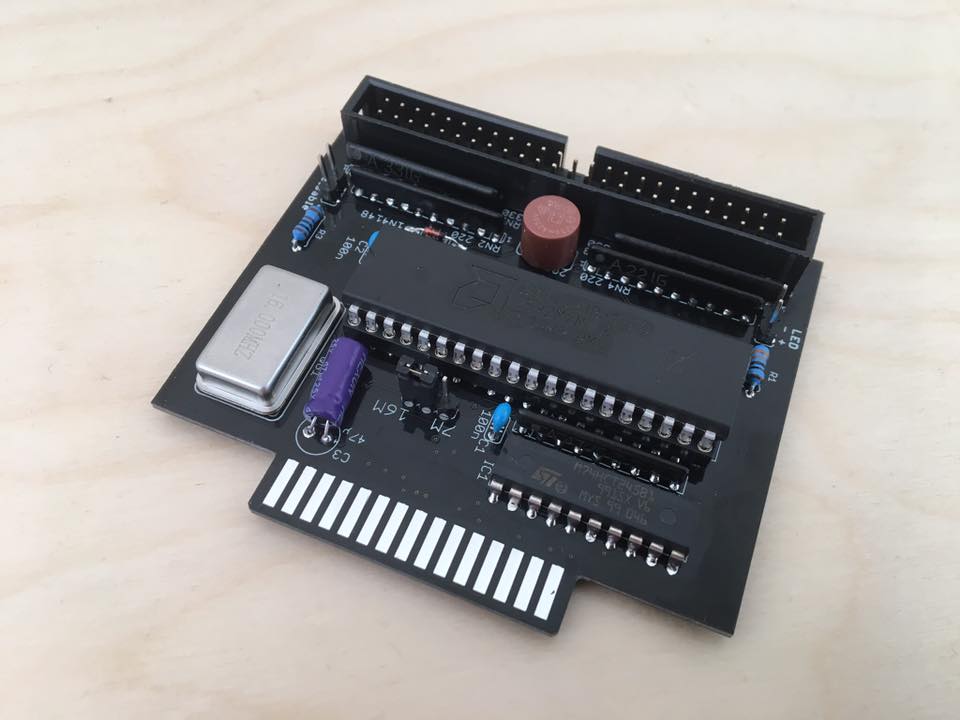
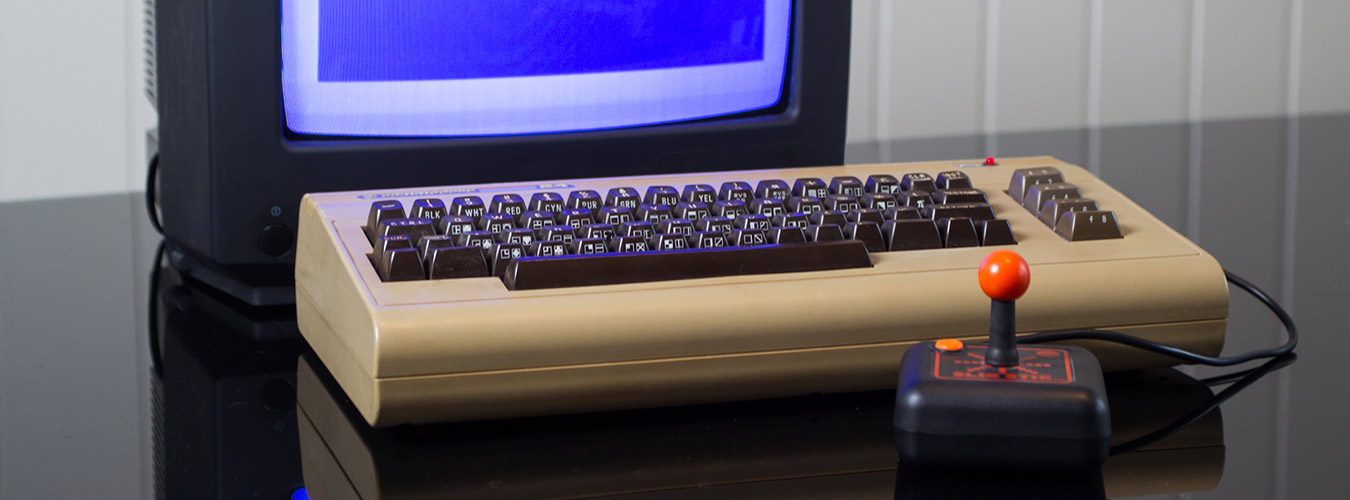
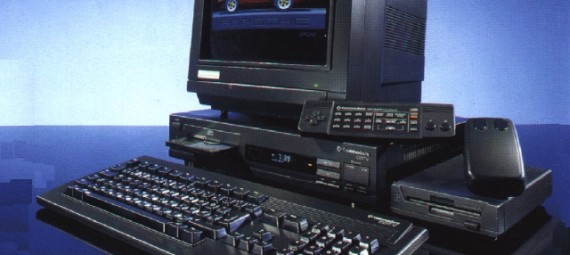
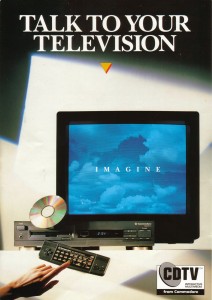
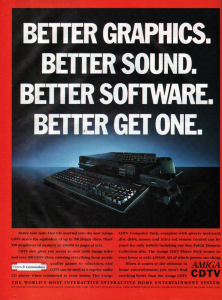
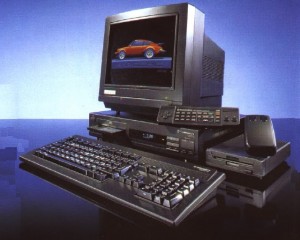
2 thoughts on “Commodore CDTV”